Creating successful email marketing campaigns is not easy at all. There are significant challenges that many marketers need to overcome to ensure the effectiveness of an email message.
But how do we measure email effectiveness? Of course, some essential factors like having the emails delivered or achieving a good email open rate are extremely important.
Nonetheless, the biggest challenge in email marketing is getting most people to take action by actually clicking the links on your email.
Clients are not obtained just by sending emails. You need people to actually understand your calls to action in order to create more engagement with your brand.
In other words, click-through rate metrics will tell you where your email campaigns need to improve.
So, if you want to know how to achieve a good click-through rate to increase your business’ sales, you have arrived at the right place.
After reading this article, you will know:
- What email CTR is.
- Useful email marketing metrics.
- The best ways to improve email click-through rate.
What Are Click-Through Rates in Email Marketing?
Imagine you just hired email marketers to start your new digital marketing campaign. Your email content seems relevant for the readers, the subject line looks good, and the email campaign’s overall performance is good enough.
You know your target audience, you have a clear call to action and everything seems to be working as it should… except one thing: people are not giving you the unique link clicks you are looking for.
You need to increase the click-through rate and have at least one link of the email content clicked.
Click-through rate (CTR) is measured as the percentage of people who actually clicked the links you wanted them to click. It’s not about opening or getting people to read your email; it’s about making them interested in your offering.
How Is The Email Click-Through Rate Measured?
Basically, to calculate email CTR, you need to have the email statistics related to the people who had your email clicked.
Once you know how many people actually opened the email, divide that number by the total amount of emails you have sent. Then, multiply that number by 100 to show a precise percentage. It looks like this:

If you send 200 campaign emails, but only 20 of those emails got your text links clicked, then your email CTR would be 10%.
UCTR and TCRT: Two Types of CTR in Email Campaigns
In order to increase CTR, we first need to understand the types of click rates related to our email strategies.
TCTR is the total number of clicks that your text link has received.
Nonetheless, if people click your links repeatedly, this will definitely affect this measure. Sometimes, if you have multiple links, firewalls will open them to check for malware. That’s why link emphasis is so important to increase engagement with your recipients.
On the other hand, UCTR is the unique clicks a single email link receives. Look at the following example:
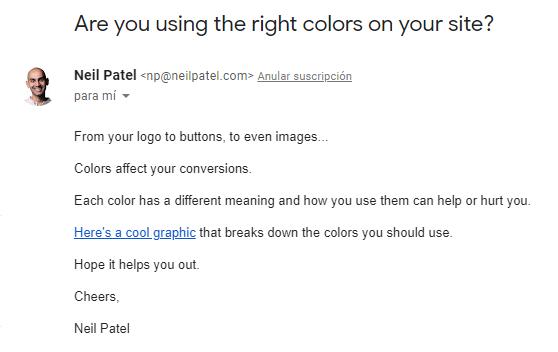
Let’s say you are on a Neil Patel email list and received this exciting message. You found it good enough, so you clicked the link on your phone. However, six hours passed, and you decided to open it again from your laptop.
In this case, the total number of click-through rates (TCTR) will be 2, while the number of clicks UCTR will register is only 1.
Unique clickthrough rate won’t reward your email tactics for having a person opening a single link ten times from their phone or PC.
With Total Click-Through Rate, you will have a bigger picture of how much traffic your emails generate. More clicks mean more shares, retainment, and repeat engagement.
What Is the Average Email Click-Through Rate?
It is impossible to determine the average click-through rate without taking a close look at some factors of your campaigns.
The size of your company, the industry you are working in, the country where you are based, and the email types you are sending are only some of the things to consider when measuring the average email CTR.
It is clear that having good subject lines is key to avoiding unopened emails, but when it comes to achieving a higher CTR, impressive copywriting won’t be enough.
So, determining a reasonable average click-through rate will depend on external factors that we’ll get to know better later on in the article.
Here you can see detailed statistics regarding average email CTR in the different industries:

Source: MailChimp.com
So, the next time you think you have a low click-through rate, but you belong to the restaurant industry and not to the video game industry, you better think twice! Don’t compare your statistics with companies that are not aiming at your users’ attention.
Understanding Click-To-Open Rate (CTOR)
Not all the emails we send in our campaigns will achieve the expected open rates. In fact, having an email opened is a monumental task for a digital marketer. Emails can sit unopened for days, and your website might not get many visitors from your campaign.
When subscribers open an email, the overall open rate will increase. Open rates are just the percentage of recipients that are actually paying attention to your email newsletters.
CTOR essentially shows the number of unique clicks divided by the number of unique opens that your email got.
The average email open rate also depends on many different factors, but looking at CTOR will indicate to us if our emails really have relevant content for our consumers.
It works like this:
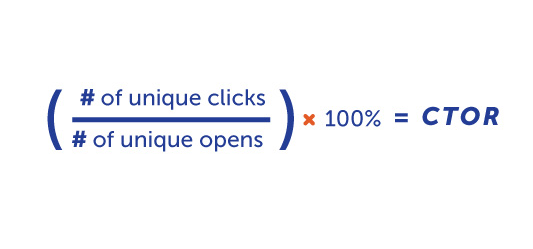
As you can see, click to open rate measures the number of clicks to your link divided by the number of opens and, finally, multiplied by 100 for a percent.
Some experts consider that a good CTOR can range between 20% and 30%, but then again, the average open rate cannot be entirely determined without analyzing your market.
Email CTR vs. CTOR
At this point, it is pretty clear that there are other email marketing metrics that we need to consider when starting our campaign.
Therefore, the best way to understand the difference or the details that revolve around CTR vs. CTOR is with a detailed example.
Imagine that you are running a video game online store.
You created successful content marketing campaigns, so you constantly upload a useful blog post a few times a week, you create content for Facebook and more social media platforms. Of course, you are also messaging many recipients with a weekly newsletter.
In the newsletter, you often provide people with articles, tips, one or another game review, an idea to beat a mission, and so on. You want to deliver content created to engage with the subscriber and provide them with answers and good news.
So, you sent about 2,000 emails, and half of your subscribers opened the newsletter.
Most email clients that opened your message actually read it, even if it was the same content for everyone. Out of those 1,000 that opened your message, 500 of them actually clicked on an external link.
This is how your stats will look like:
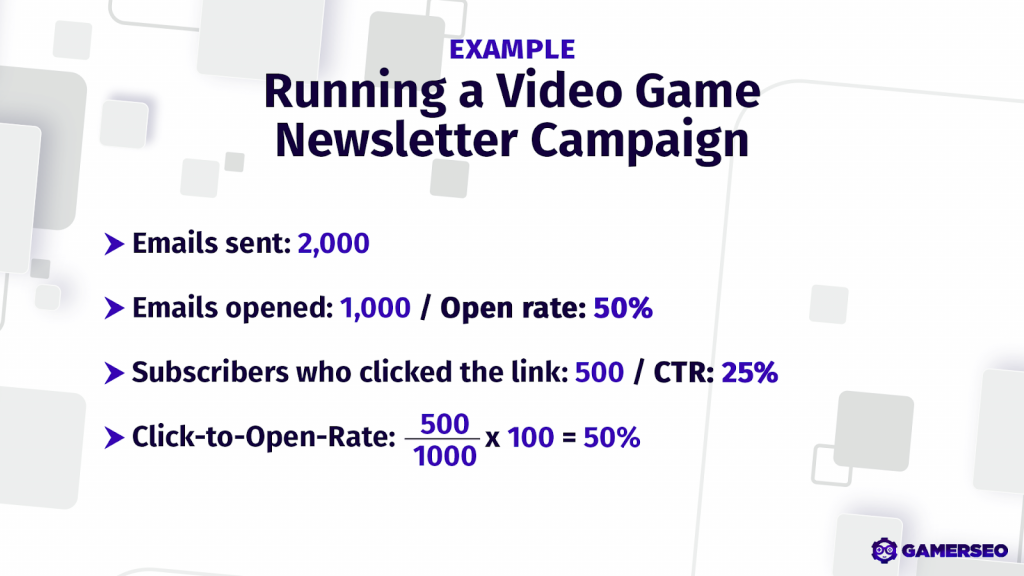
These numbers look good, don’t they? Maybe your set goals were to reach more people, but understanding these metrics will give you the key to know which practices your campaign needs to focus on.
What is Email Bounce Rate?
We know that you want to improve your email click-through rate as soon as possible, but this would be impossible without understanding certain things related to email metrics.
That’s why it’s essential to understand what bounce rates are. When an email does not successfully reach a recipients’ inbox, we call that a bounced email.
When you divide the number of email bounces by the total number of sent emails, you will get the bounce rate.
The average email bounce rate is usually between 0.7% and 1%, but then again, it depends on the industry.
Soft Bounces vs Hard Bounces
If you are unable to deliver an email, how do you think you will improve your CTR?
One thing is having messages ignored, and another thing is not even delivering them to your contacts.
The bounce message will give you access to the information needed to identify why your emails are failing.
- A soft bounce is when you got the customers’ email right, and the message was actually “successfully” sent. However, the email still bounced. Not having an email delivered as you expect occurs due to server issues, a full mailbox, or problems with the length of the text itself.
- On the other hand, a hard bounce occurs when the message is totally rejected. It didn’t even land on the spam folder – it was permanently deleted. This happens when the email address is invalid or when you don’t manage to find a correct account that actually exists.
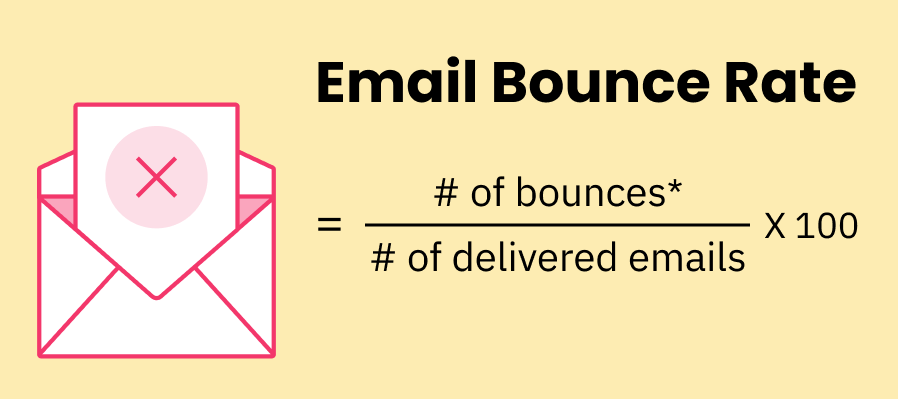
Which Types of Emails Have the Highest Click-Through Rates?
At this point, it’s evident to us that there are a lot of email types that we can send to our recipients.
There are not only two paths; we can actually decide how to proceed with our email marketing strategy to get better results.
Classic promotional emails are still used in the industry. They often provide people with exclusive content, coupons, and information about a product or service.
Transactional emails are designed to facilitate an agreed-upon transaction between the recipient and the sender. More customers often open transactional emails because they expect to receive one from a web site where they just completed a purchase.
Nonetheless, when it comes to high email CTR, triggered and autoresponder emails are the absolute kings.
Newsletters, triggered, and autoresponder emails – which one is better?

Source: smartinsights.com
As you can see, triggered emails and autoresponder emails have higher CTR and CTOR. This doesn’t happen only because they display images or have a nice responsive design: they are simply more relevant to the subscribers.
Autoresponder emails include lead magnets to a landing page where users can download free, useful content in just a few steps. Welcome emails are also considered autoresponder emails.
We are aware that newsletters are an important part of email marketing strategies, but it is essential to mention that they have the lowest click-to-open rate and click-through rate.
Nowadays, users have too many options to subscribe to, so brands need to test what works to optimize their resources.
How to Increase Email CTR?
We know this is why you are reading this article. Let’s say that you believe you have a good email campaign, but recipients are not clicking the links you want them to, even if there is a single CTA.
This is a sign that something needs to be changed. It is vital to keep track of the campaign, but some other factors need special attention to achieve the results you are looking for.
Create an Incredible Subject Line
If your email doesn’t get opened, the link won’t get clicked.
Almost half of the recipients comment that the subject line is the most important factor when opening an email. The same study says that if a subject line is misleading, the chances of getting a spam complaint are high.
Therefore, it’s essential to find the perfect balance between something interesting and something useful. Here are a few tips for you:
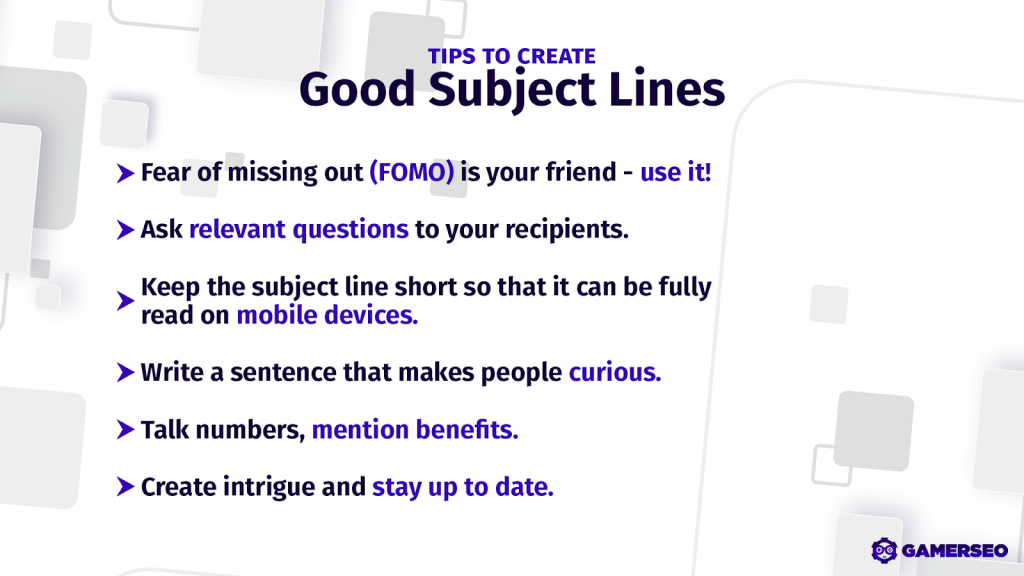
A Single CTA is More Powerful Than You Believe
When you overwhelm the readers with more than just one CTA, the click-through rate will definitely be affected.
But it is not only about only having one call to action; you also need to know where to place it.
For instance, if you are using a button image as your CTA, there’s a chance for users to don’t see it at all.
That’s why you should opt to use bulletproof buttons created specifically to drag users’ attention. You can clearly see the difference between bulletproof buttons and classic links in the following image:
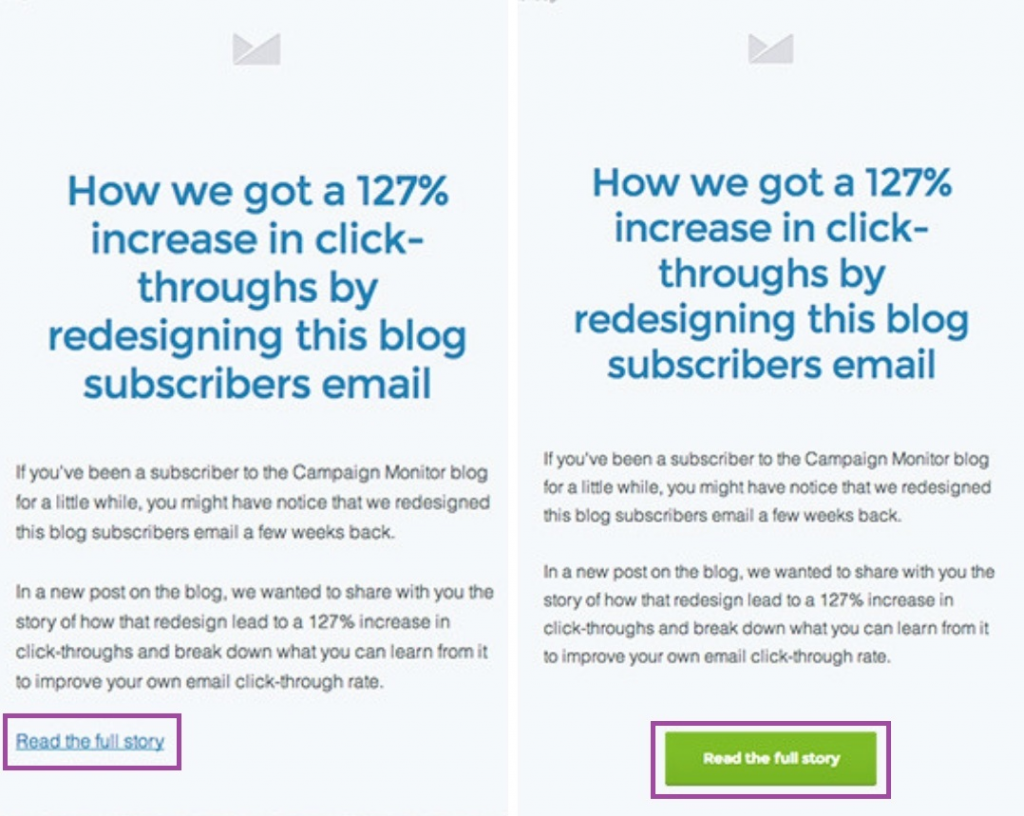
Be sure to create white space around your CTA, so users don’t have to search for it. Delete everything that might be ruining the placing of your call-to-action to make sense in your email content.
Send Only Relevant Content in your Newsletters
If there were a rule regarding sending newsletters, it would be this one: send only content that your customers will find valuable.
Sending educational posts to your recipients is not the same as asking them to fill out a form or something like that.
Naturally, you should constantly be testing what works better for your audience.
Just remember not to cause email fatigue. It’s better to send fewer emails with original content than a lot of emails that might even be considered spam.
Personalize Your Emails
We know that using email marketing automation software is great, but part of effective lead nurturing is knowing your prospects and customers.
If you target the right people, the results will come. Naturally, this will take you a lot of time and effort, but the results are totally worth it.
Providing the most relevant offers will translate into a higher click-through rate over time.
Don’t Forget to Optimize for Mobile Devices
Read these words and never forget them: optimizing for mobile devices is NOT optional.
Most people will view your emails from their phones, so it’s not a secret that mobile optimization is one of the most important factors when it comes to increasing your email CTR.

Source: Litmus.com
More than 54% of people open emails using mobile devices, while only 16% do it on desktop.
On top of that, do you know what’s one of the things that everybody does on their phone? Browse social media.
If you add social sharing buttons, it will help you generate up to 115% higher CTR than if you don’t. Even if your recipients are not interested in your email, maybe they have friends who will be!
Conclusions
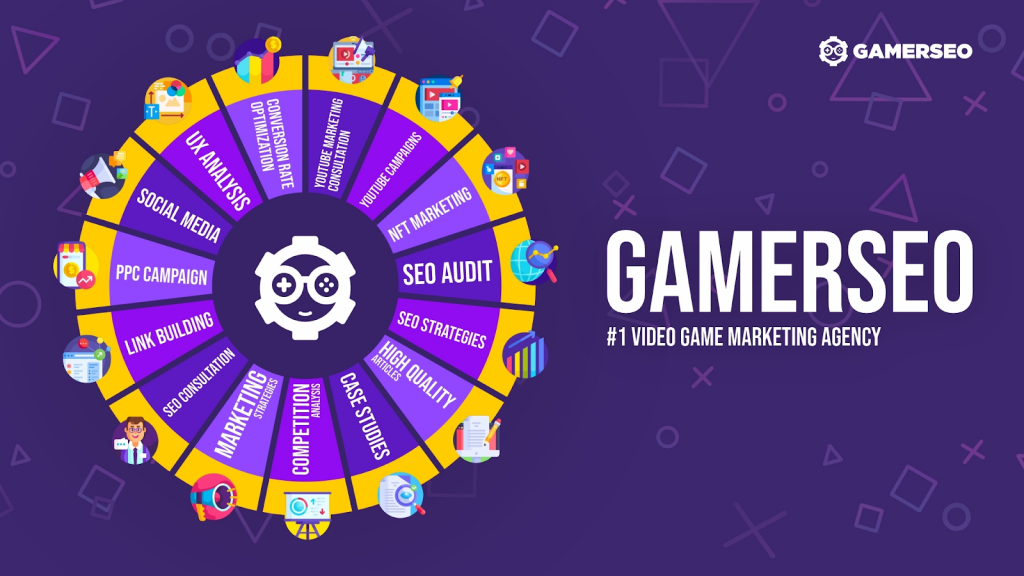
We all want to create a successful marketing campaign. Nonetheless, there are so many options out there that the competition is fierce.
If we really want to have a chance in this highly competitive modern digital world, we need to do more than just sending an email.
In this case, the best way to proceed is with a detailed marketing plan adapted to your needs. Luckily for you, you can just contact us and let our professionals be the guides that will lead you to success.
FAQ
What Is a Good CTR For Email?
The answer to this question highly depends on the industry you are working in, but we can define a good CTR above the average of 2.5%.
How is Email CTR Calculated?
Basically, click-through rate is calculated by dividing the number of people that clicked on your email links by the number of emails you have sent.
How Can I Improve my CTR?
As we mentioned before in this article, there are many factors that will help you improve your CTR. Creating good subject lines, optimizing for mobile, having clear call-to-actions, and knowing your audience are just some of the things you need to apply.

SEO enthusiast and digital marketing strategist. My expertise lies in optimizing websites for organic traffic growth and search engine visibility. I carry out, among others, SEO tests, keyword research and analytical activities using Google Analytics. Privately, he is a lover of mountains and bicycle trips.


